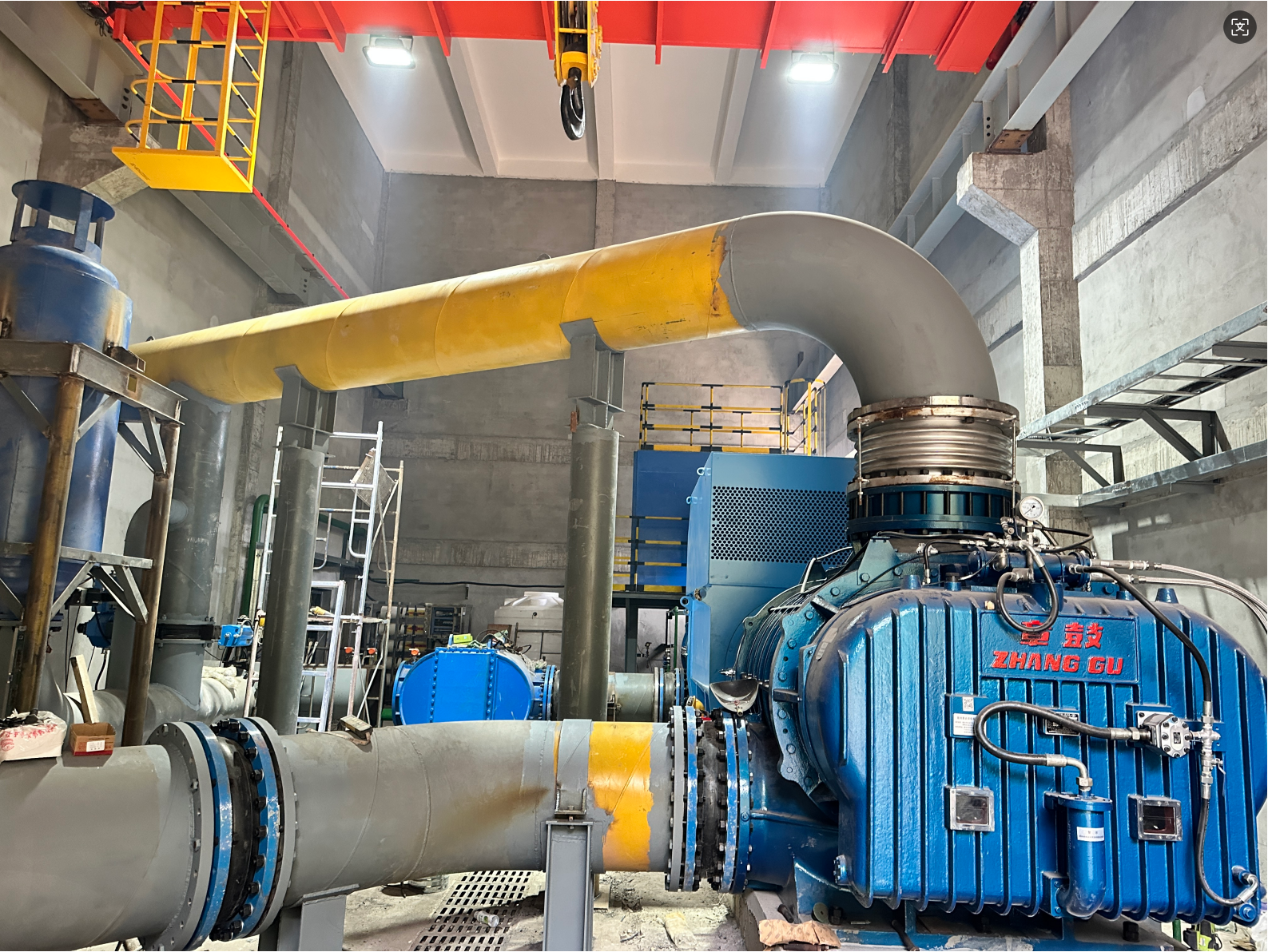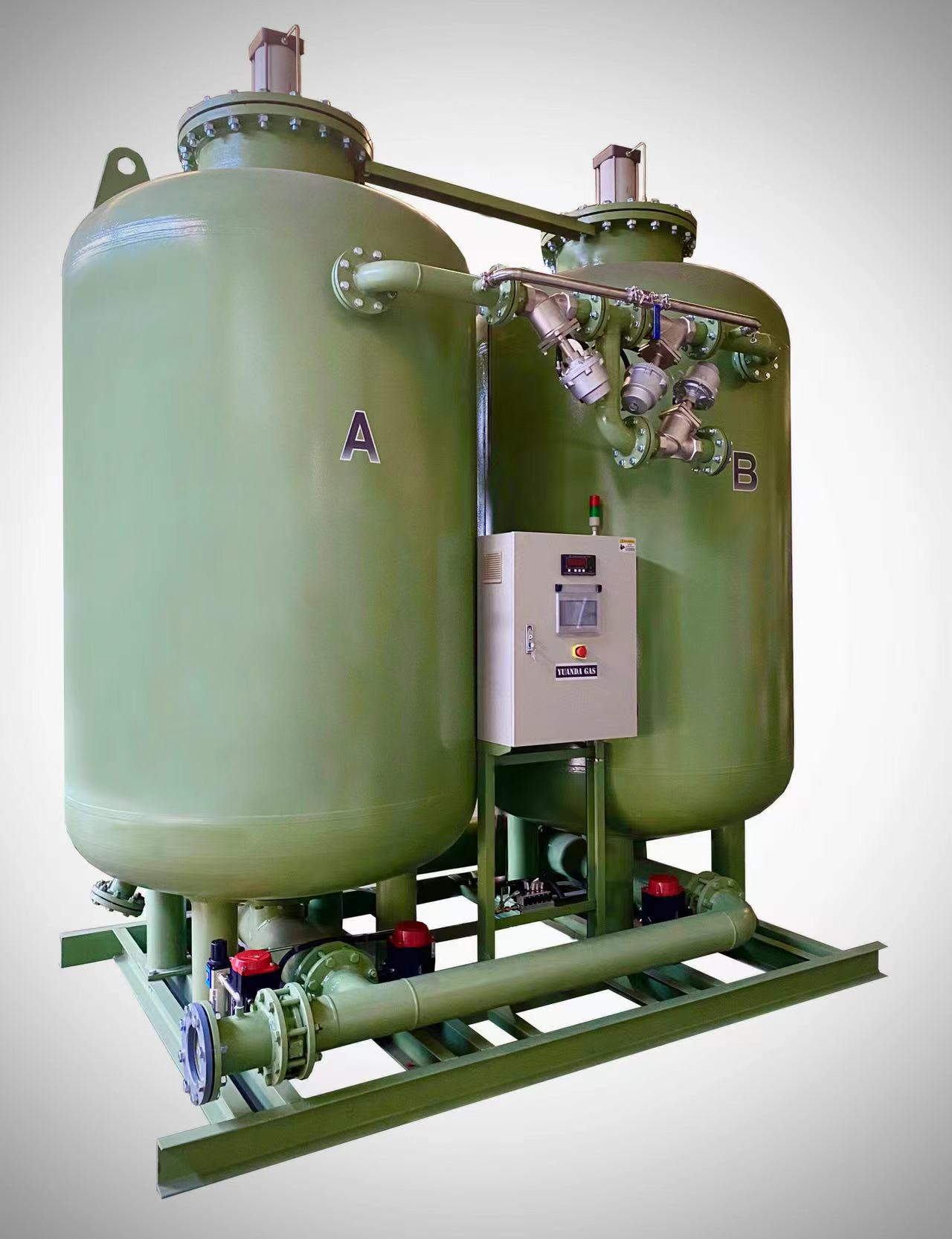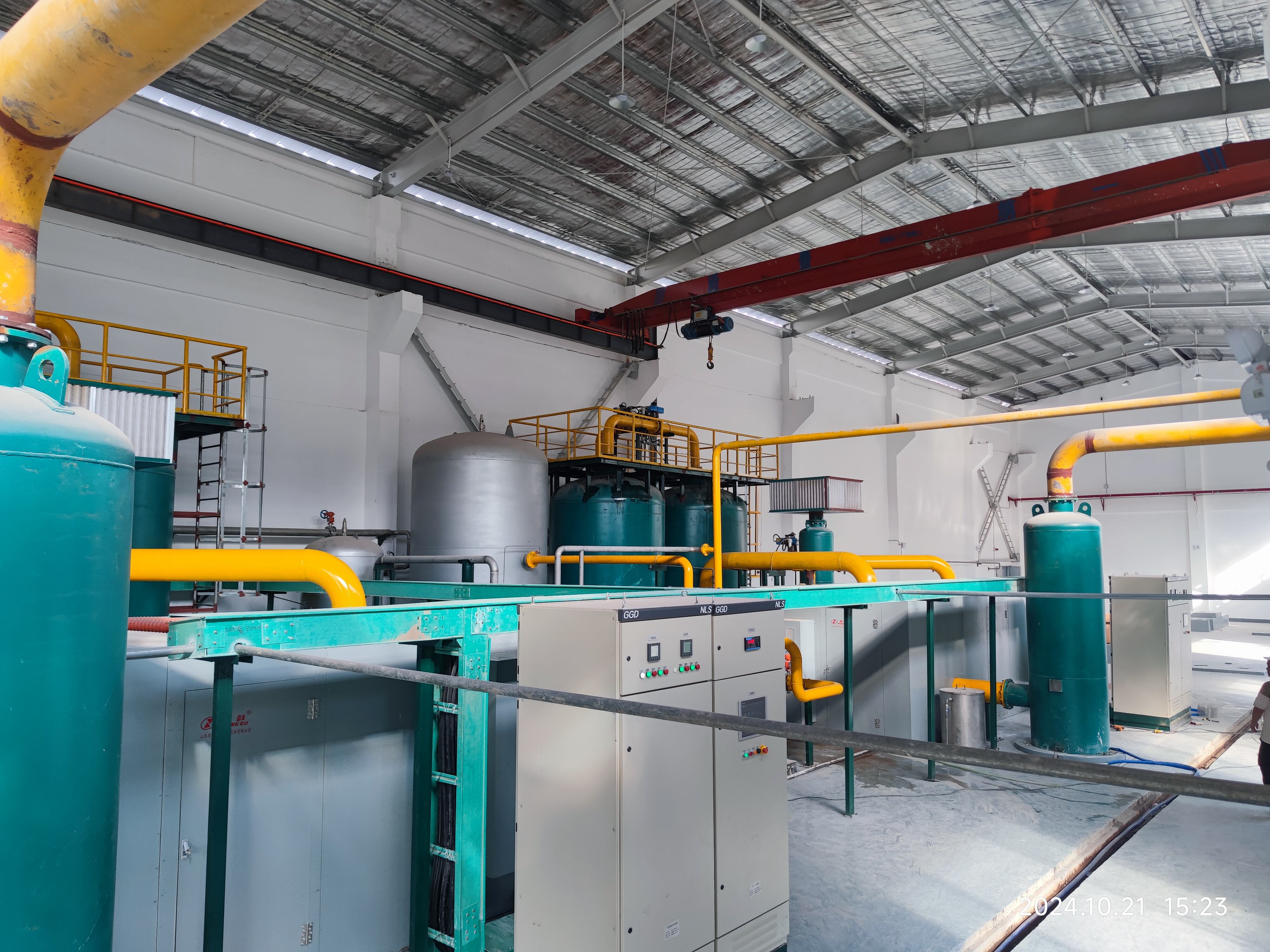máy cô đặc oxy cho ứng dụng công nghiệp
Máy tạo oxy công nghiệp đại diện cho một giải pháp tiên tiến dành cho các doanh nghiệp cần nguồn cung cấp oxy đáng tin cậy và liên tục. Những hệ thống tinh vi này sử dụng công nghệ hấp phụ dao động áp suất (PSA) để tách oxy từ không khí trong khí quyển, cung cấp oxy có độ tinh khiết cao cho nhiều quy trình công nghiệp khác nhau. Máy tạo oxy hoạt động bằng cách hút không khí xung quanh, loại bỏ nitơ, dioxide carbon và các khí khác thông qua các màng lọc phân tử chuyên dụng, dẫn đến nồng độ oxy thường dao động từ 90% đến 95%. Hệ thống hoạt động liên tục, cung cấp một giải pháp tiết kiệm chi phí thay thế cho các phương pháp cung cấp oxy truyền thống như bình khí hoặc oxy lỏng. Máy tạo oxy công nghiệp hiện đại được trang bị các hệ thống giám sát tiên tiến, đảm bảo chất lượng đầu ra ổn định và hiệu quả vận hành. Chúng được trang bị các bộ điều khiển dòng chảy chính xác, chỉ báo áp suất và cơ chế tắt tự động để đảm bảo an toàn. Các thiết bị này được thiết kế bền bỉ, với cấu trúc chắc chắn có khả năng chịu đựng được môi trường công nghiệp khắc nghiệt. Ứng dụng của chúng trải rộng qua nhiều ngành công nghiệp, bao gồm sản xuất kim loại, sản xuất kính, xử lý nước và chế biến hóa chất. Các hệ thống có thể mở rộng để đáp ứng các yêu cầu sản xuất khác nhau, từ các hoạt động xưởng nhỏ đến các cơ sở công nghiệp lớn, làm cho chúng trở thành giải pháp linh hoạt cho nhiều nhu cầu oxy khác nhau.


